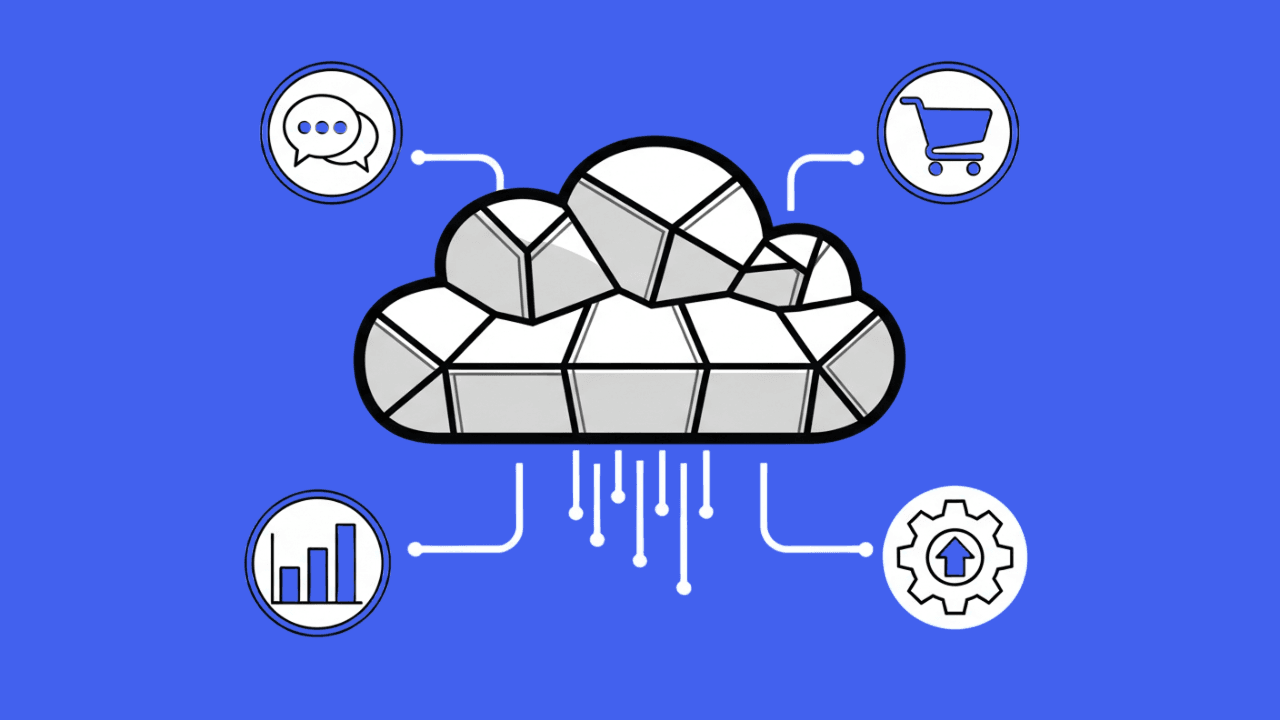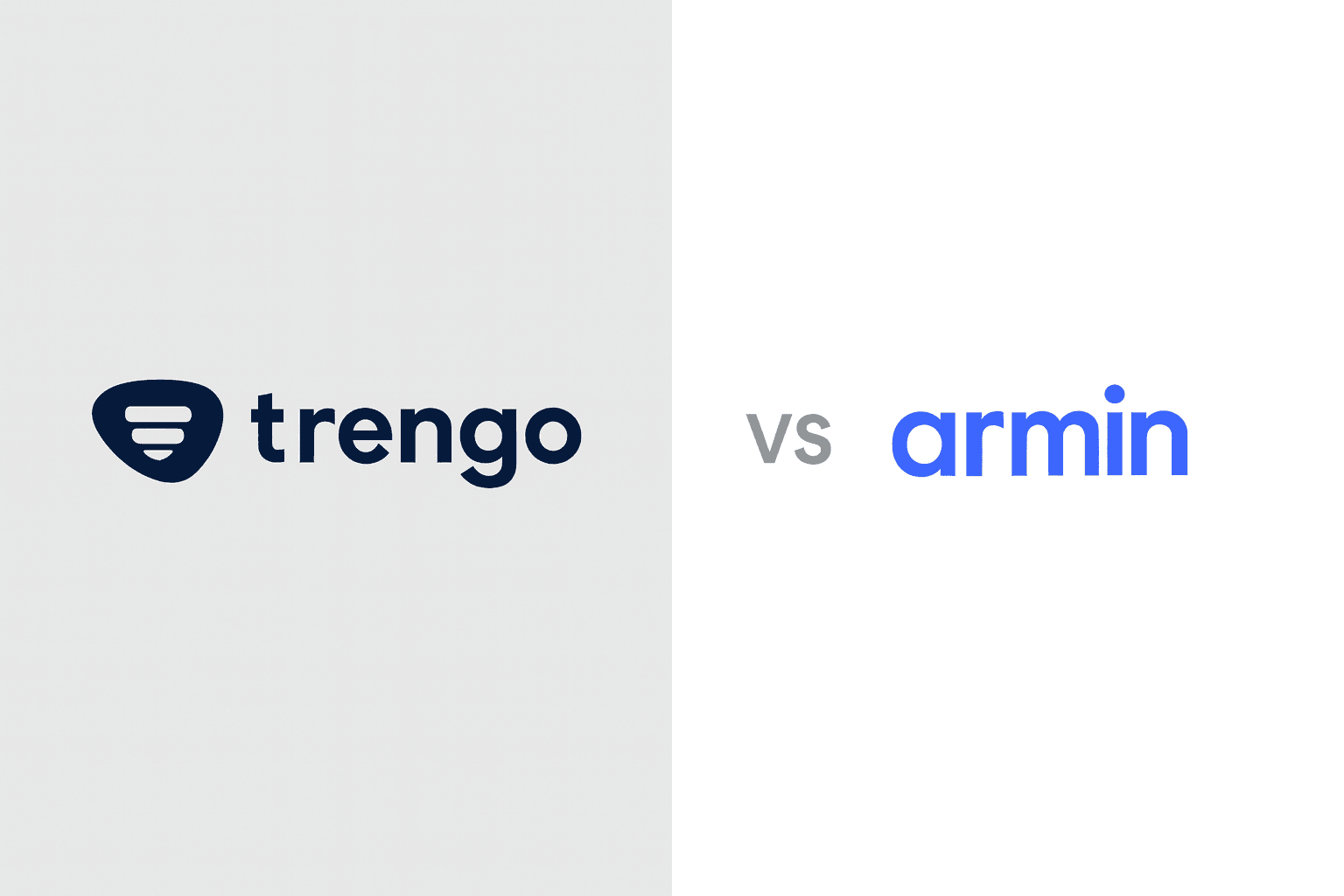In the peak season—whether Christmas business, Black Friday, Cyber Monday, or other seasonal highlights—the annual results are decided for many e-commerce companies. Right now it’s clear: those who score with a stable customer service strategy and efficient processes during the high season gain a real competitive advantage. We’ll show you why the peak season is more than just a stressful phase in e-commerce, which success factors matter—and how you can use opportunities for sustainable customer loyalty and revenue growth. Plus: why the Chatarmin CX Suite is the perfect tool for better customer service and higher customer satisfaction.
1. Early Planning & Efficient Resource Management
Data-Based Forecasts with AI Instead of Guesswork
Successful strategies for customer service during times of particularly high demand begin long before the sales wave starts. Those who prepare in advance gain a decisive edge: analyze last year’s sales figures, identify strong products, and determine when and through which channels the highest inquiry volume occurred.
- Use AI to create targeted forecasts for staffing needs, inventory, and shipping options.
- Plan temporary staff and flexible shift models for sudden peaks—so the service team remains ready to act at all times.
- Integrate AI into your customer service processes so that inquiry volumes can be processed effectively for both customers and employees. AI can already solve many issues before they even reach your team.
Online retailers especially benefit when they start early by speaking with suppliers or fulfillment providers, establishing additional shipping routes, and preparing returns management for peaks.
Self-Service & Automation as Relief
Modern self-service offerings—from FAQs to intelligent help centers—answer standard inquiries around the clock. This relieves your team, reduces the number of tickets, and increases customer satisfaction. Smart process automation assigns tickets automatically, provides status updates, and ensures that no inquiry gets lost during peak season.
Chatbots & AI Agents as the Next Step
While chatbots reliably handle standard inquiries 24/7, AI agents go much further: they can process complex requests independently, prioritize tickets, and escalate to employees only when truly necessary. They are also capable of delivering multilingual support. This creates more efficiency in service and at the same time ensures personal, high-quality customer care.
Comparison: Chatbot vs. AI Agent
To make the role of automation even clearer, it is worth making a brief comparison:
| Area of Use | Chatbot | AI Agent |
|---|---|---|
| Purpose | Handling standard questions | Processing complex cases |
| Timing | Immediately deployable | Escalation & prevention |
| Ownership | Support team | Service + Sales |
| Risks | Limited answers | Explanation needed during implementation |
| KPIs | Deflection rate | CSAT, revenue contribution |
This makes it clear: chatbots are an important foundation, but AI agents unlock the full potential to make customer service scalable and future-proof.
2. Omnichannel Communication & CRM Integration
Consistent Experiences Across All Touchpoints
Customers expect answers not only via email but also through social media, WhatsApp, phone, or chat. A cross-channel omnichannel approach is therefore essential. Modern tools like our Chatarmin CX Suite centralize all customer inquiries, providing efficiency, transparency, and a unified shopping experience.
- CRM-based systems connect customer history, order data, and support cases on one platform.
- Automated acknowledgments, prioritizations, and personalized responses improve service quality—and ensure your company is perceived as professional and empathetic.
Benefits of Modern CRM Systems During Peak Season
- Dynamic ticket routing and team visibility across all channels.
- Real-time analysis of inquiry volumes, problems, or recurring questions—allowing constant adjustments in case of bottlenecks.
- A foundation for targeted upselling/cross-selling and personalized follow-ups after the high season.
AI Tools as Boosters in Customer Service
With AI-powered tools, we take customer service to a new level. AI tools for e-commerce analyze inquiries in real time, suggest context-based answers, and automate recurring processes. This significantly relieves the service team while customers receive faster, personalized responses—even in peak season.
3. Team Motivation, Training & Stress Management
Strong Teams—Resilient in High Season
Every peak season is a team effort: clear role distribution, structured onboarding of new colleagues, and targeted workshops on new processes or products ensure smooth operations. With AI integrated into your processes, you noticeably relieve your team and also increase ratings for your customer service. Cases are handled faster, small tickets never even reach employees, and customer satisfaction rises. A win-win for everyone.
- Create transparency about responsibilities in the service team (e.g., channel managers for email, social media, or hotline).
- Promote stress management through regular feedback, short breaks, and recognition of performance—this lifts morale and significantly reduces error rates.
- Let AI differentiate important from unimportant tickets and also set up a well-trained chatbot.
Don’t forget: even after the peak season, motivation pays off. A satisfied team remains engaged longer—and continuously improves service quality.
4. Automation, Real-Time Data & Operational Excellence
Key Operational KPIs at a Glance
To measure the success of automation and AI use, you should keep operational metrics clearly in view. Particularly relevant are:
- AHT (Average Handling Time)
- FCR (First Contact Resolution)
- CSAT (Customer Satisfaction Score)
- Deflection Rate
- Cost per Contact
These KPIs create transparency, make efficiency gains visible, and help continuously improve service quality.
Efficient Processes and Technological Strength
In high season, operational stability is worth gold. Rely on automated workflows that handle routine tasks—from shipping notifications and status updates to the intelligent distribution of support tickets.
- Dashboards for real-time analyses immediately show bottlenecks in deliveries, inventory, or returns.
- An integrated ticketing system ensures no inquiry falls through the cracks—regardless of the channel.
Scalable IT infrastructure, verified shipping options, and security routines protect against failures, data loss, or surprises as traffic increases.
Risk Management: Shipping, Logistics & IT Security
Check suppliers, review backup capacity for shipping, and enforce strict IT security: encryption, access control, and team awareness are essential whenever more data and orders are processed than during the rest of the year.
5. Continuous Improvement & Feedback Culture
Customer Feedback as a Booster for Your Processes
Collect customer feedback specifically during and after the peak season. Analyze complaints, frequent questions, and survey results—this leads to process improvements for the following year.
- Derive concrete measures from real-time data and team workshops: where were bottlenecks? Which touchpoints worked best?
- Document best practices from the high season and build an early-warning system for bottlenecks or system failures.
After the peak season is before the peak season: those who capture best practices and adjust their strategy start the next seasonal highlight more resilient and scalable.
Conclusion: Using Peak Season in E-Commerce as a Competitive Advantage
For e-commerce companies, brands, and agencies, the peak season is not a sprint but a period of strategic opportunities: with smart planning, targeted resource deployment, intelligent omnichannel communication, and a strong service culture, they master peak times—and win loyal customers for the whole year. Those who consistently rely on successful customer service strategies during the peak season set themselves apart from the competition and build sustainable business success.
FAQ: Successful Customer Service Strategies in Peak Season
1. When should preparation for the peak season begin?
Start 3–4 months before the year-end business to optimize inventory, staffing, and processes. A clear checklist helps retailers identify bottlenecks in time, plan resources better, and keep costs under control.
2. Which channels are most important during the peak season?
Email, social media, WhatsApp, chat, and phone—omnichannel communication is essential for full customer satisfaction. In online retail, additional tips such as transparent delivery times, real-time tracking, and consistent team coordination ensure strong performance and increase customer loyalty.
3. How can the return rate be reduced during high season?
Clear product information, detailed item descriptions, and transparent shipping communication are key. A structured returns process builds trust, effectively reduces returns, and relieves your team under high workloads. With the right software, you can automate workflows and secure long-term success.
4. What role does automation play in peak season customer service?
Automation enables quick handling of standard inquiries, relieves the team, and creates flexibility for individual customer concerns. This improves collaboration between support, logistics, and sales—a vital foundation for reliable work even under high inquiry volumes.
5. What is especially important after the peak season?
Conduct a thorough analysis: use real-time data, collect customer feedback, and optimize processes for the next season. Focus on interdepartmental coordination, secure access to relevant data, and make best practices the standard—this way you build sustainable customer loyalty and increase future success.
Want to make your customer service fit for the peak season? Discover the integrated Customer Support Suite from chatarmin.com—for scalable, secure, and empathetic solutions that bring real relief to your team and make your business sustainably successful!








